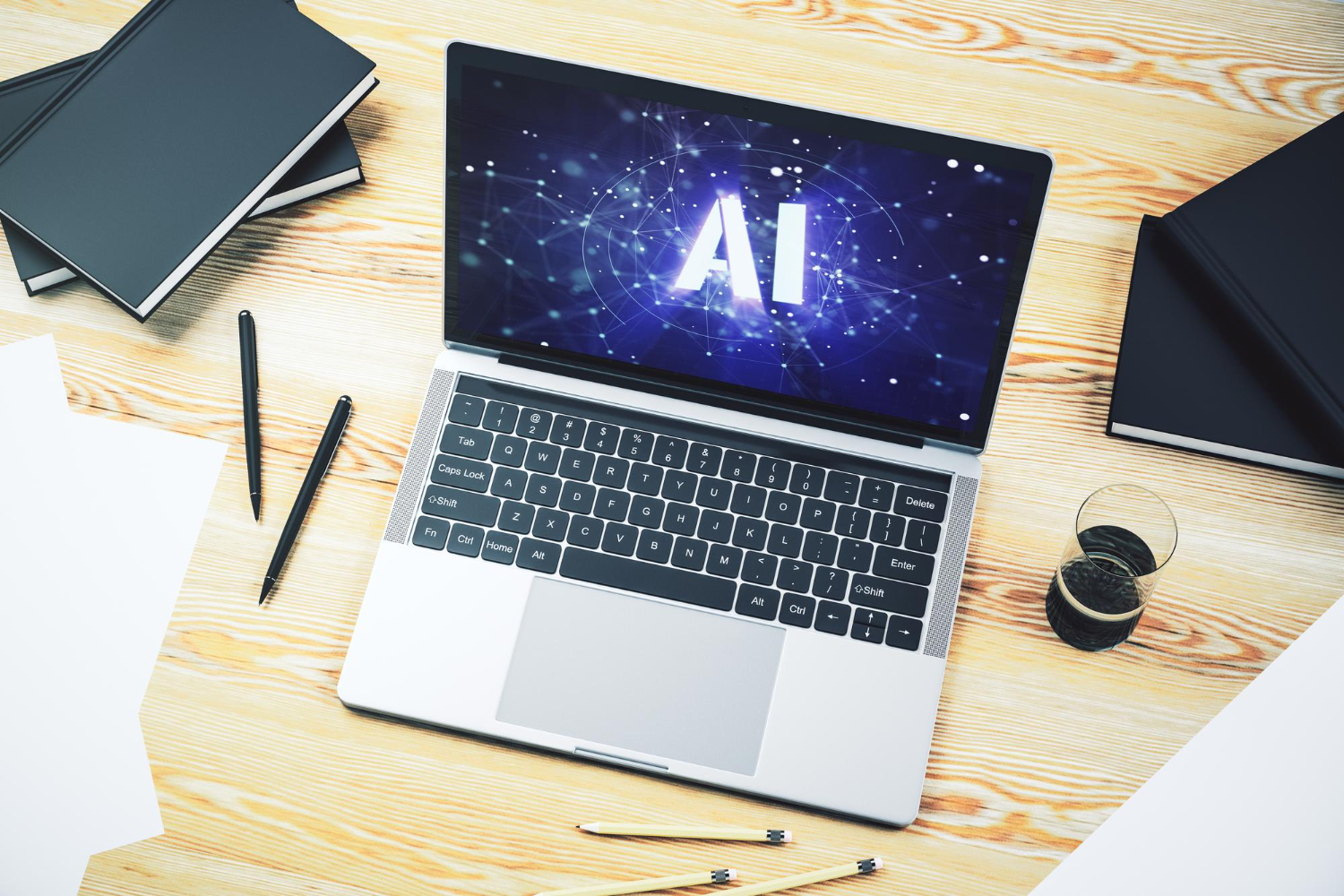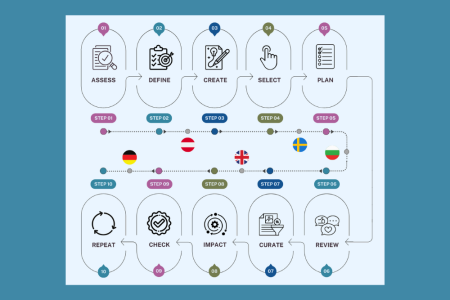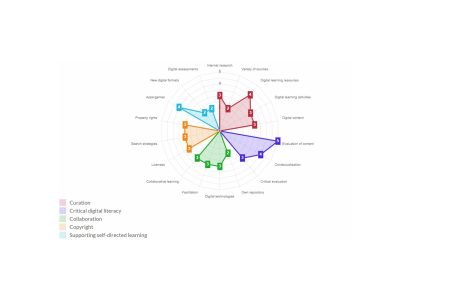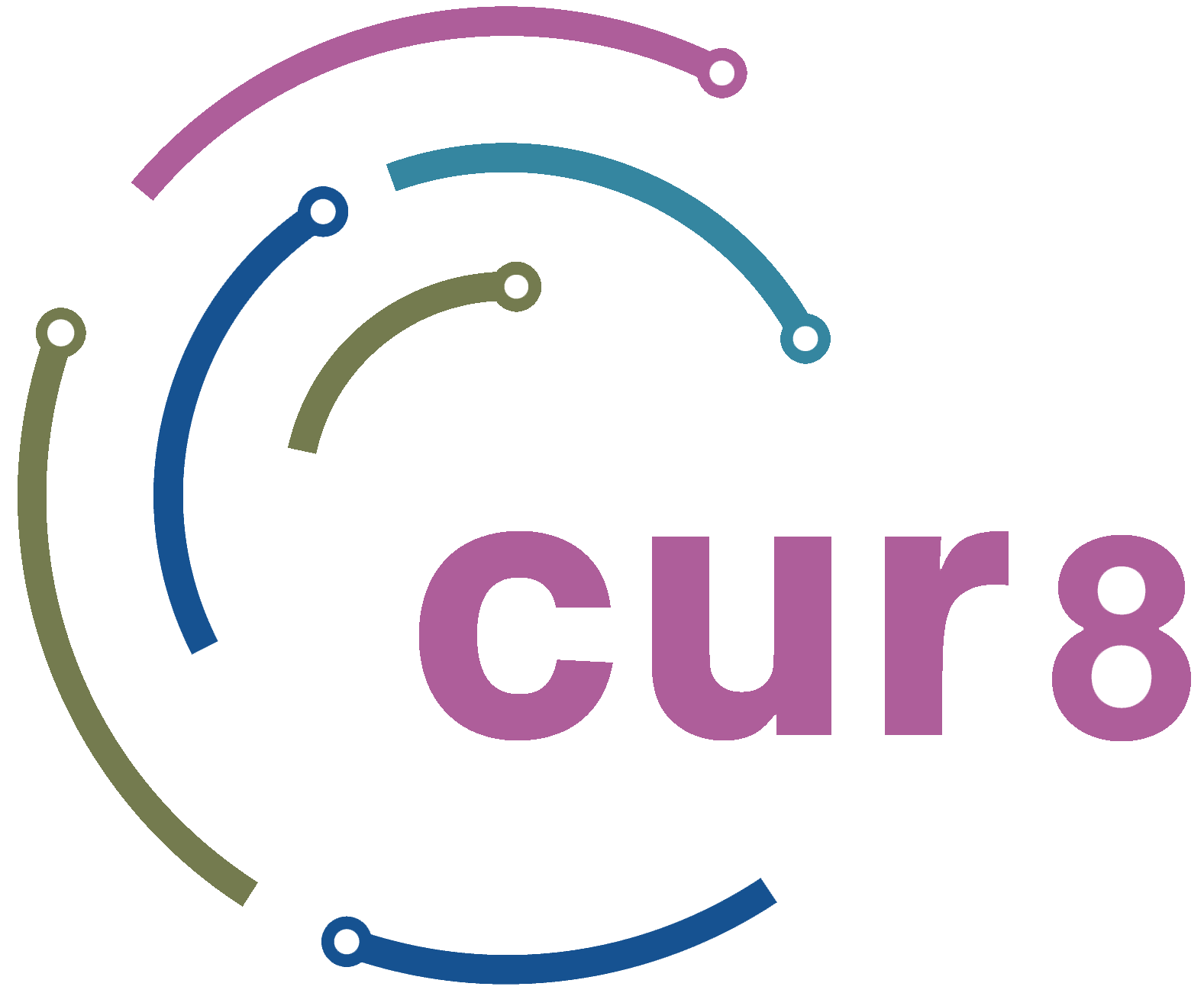In the ever-evolving landscape of learning and development, artificial intelligence (AI) is emerging as a transformative force. Its potential to revolutionise workplace learning, improve knowledge retention and support the professional development of employees is increasingly recognised. However, as with any technological advancement, there are exciting opportunities and caveats to consider. For L&D practitioners, these include ethical considerations, but also using technology in a way that aligns with business and individual learning needs, rather than implementing it for technology’s sake. We need to apply what we know about offline learning to a digital strategy. The low-threshold availability of AI applications requires new skills and a new sense of responsibility from both L&D professionals and learners.
Refer to the topic “The impact of Artificial Intelligence (AI) on Learning, Training and Developement” in our Workbook “The Evolving Role of the CVET Educator” for an initial assessment of what the emerging relevance of AI tools means for L&D professionals in the context of content curation, upskilling and reskilling.
Another well-researched article was published by Sanalabs, focusing on the responsibilities of creators of learning content and content curators when using AI tools.
Launched in November 2022, ChatGPT has quickly become a household name. On a more practical note, Nele Hirsch from the German eBildungslabor has tested the tool extensively and has come up with the following list of 6 mistakes to avoid when using ChatGPT in a learning environment:
6 Fehler, die man beim Lernen mit ChatGPT vermeiden sollte by Nele Hirsch (eBildungslabor), translated and adapted , CC BY 4.0







